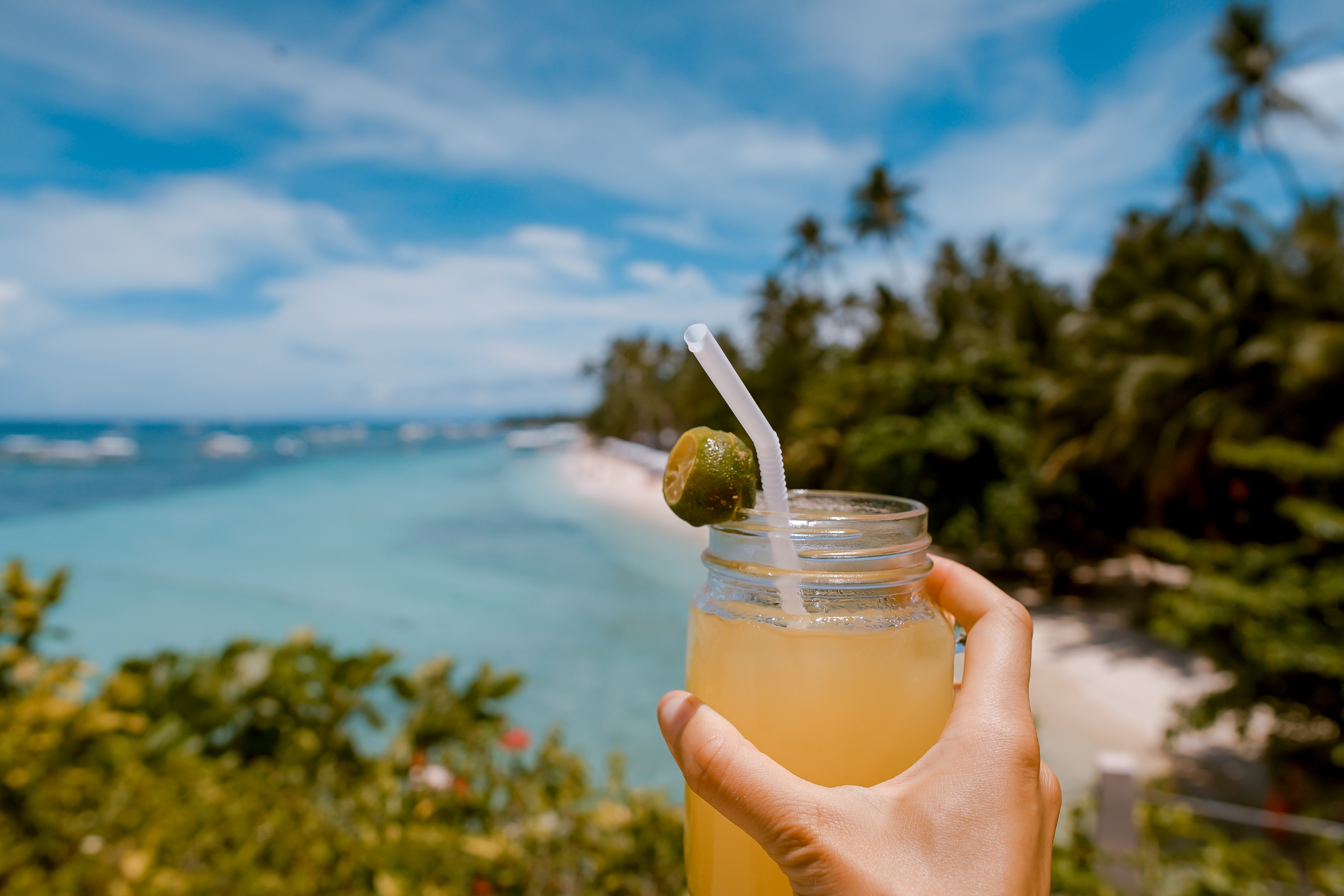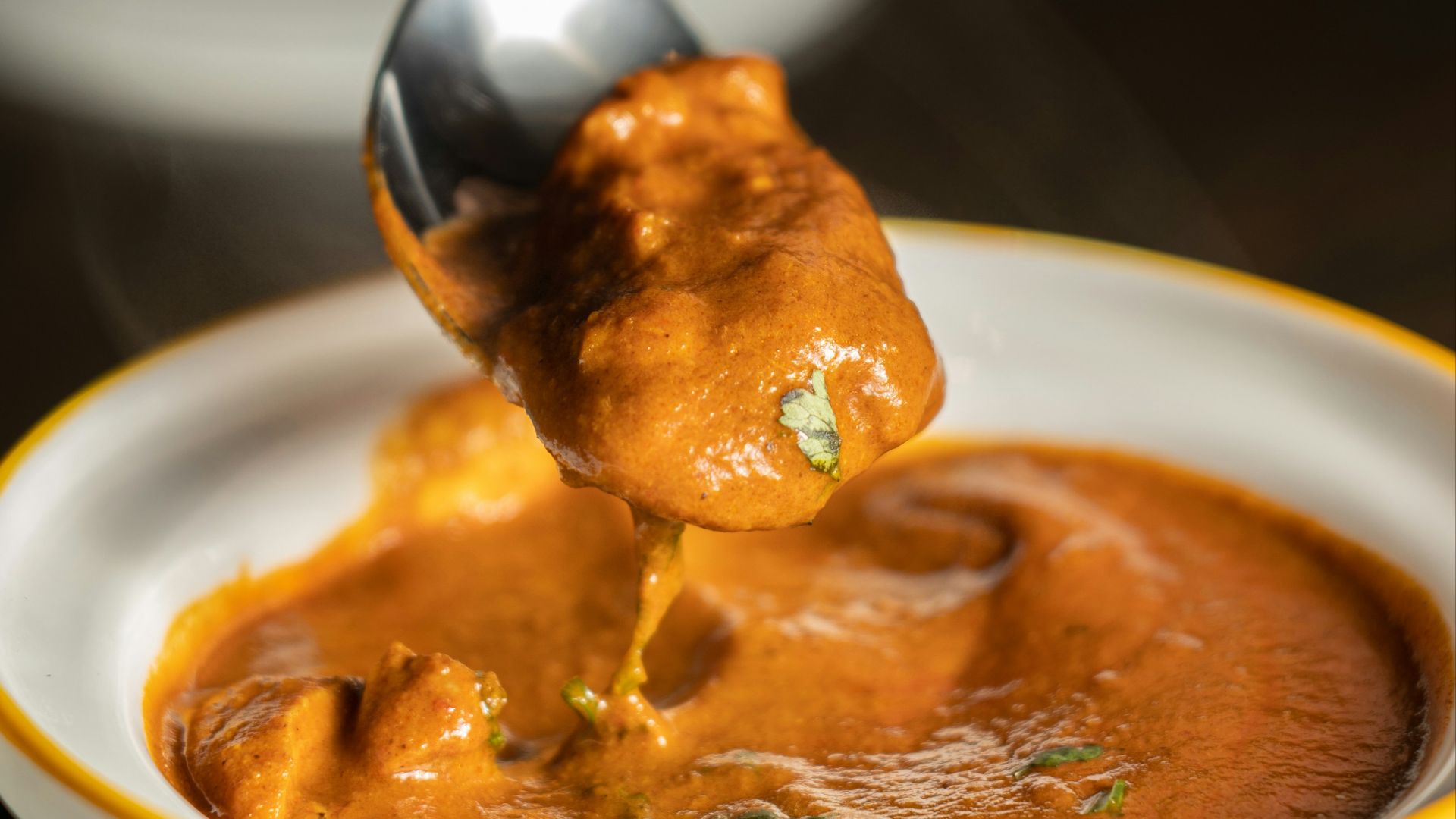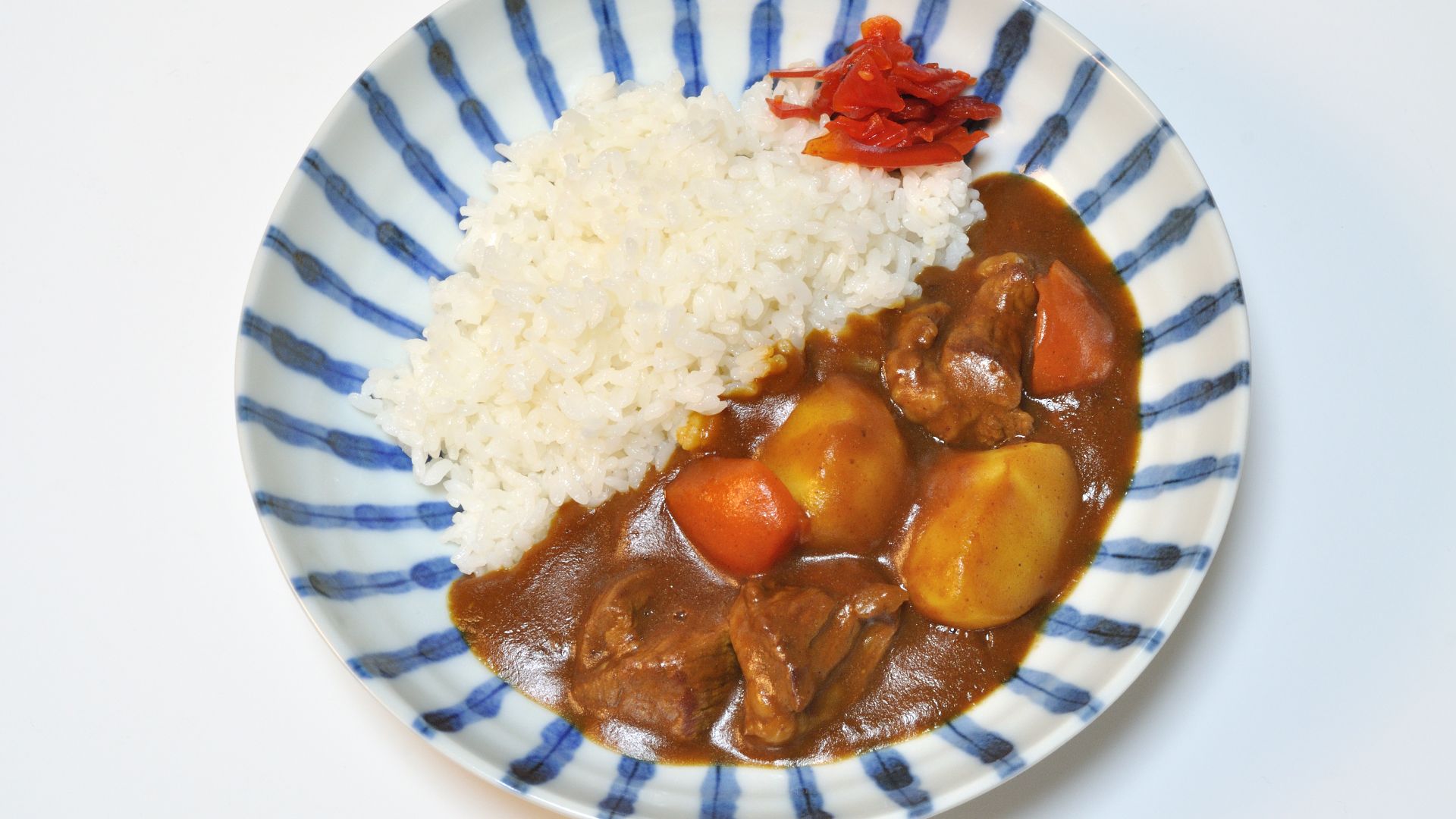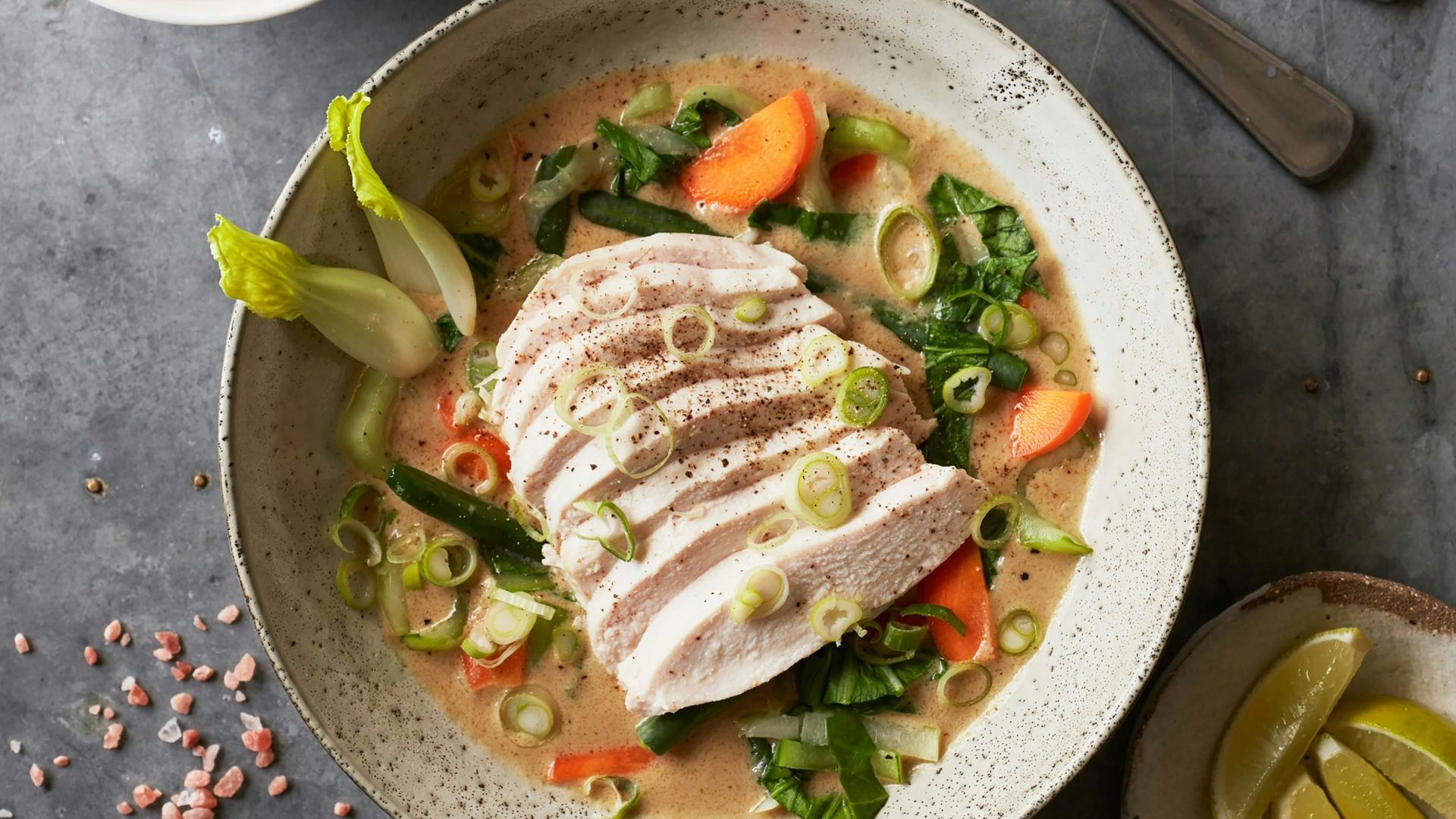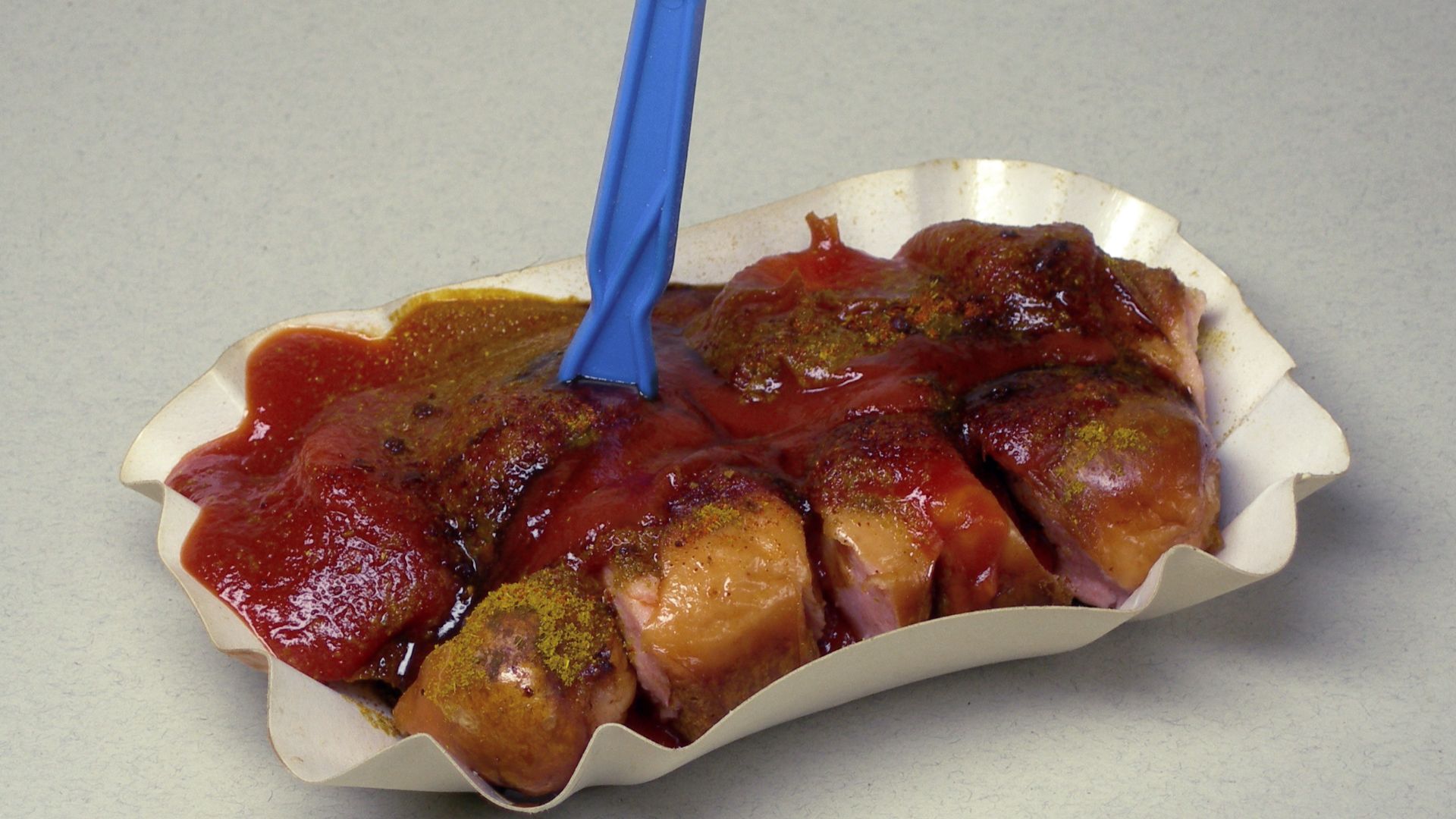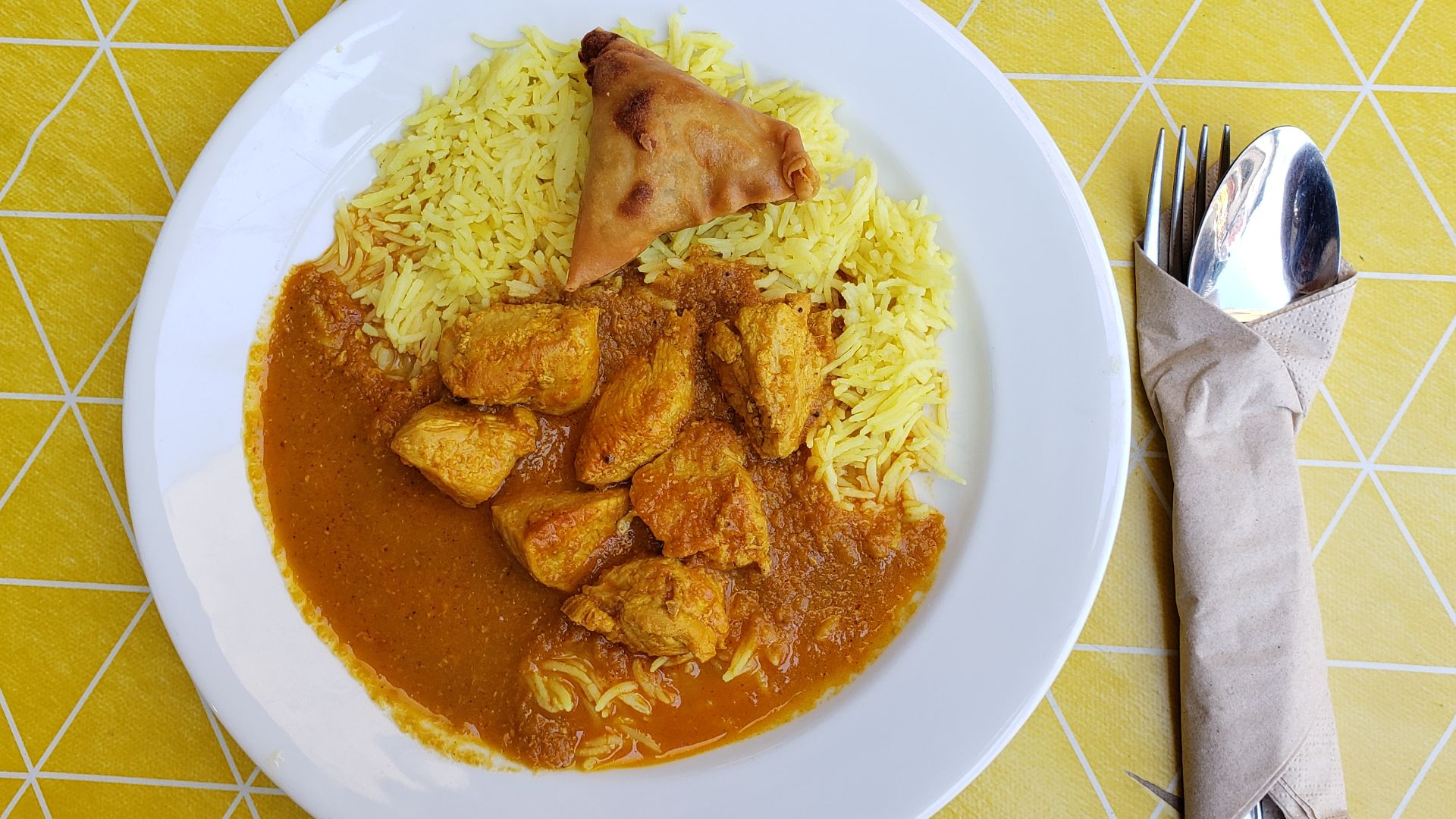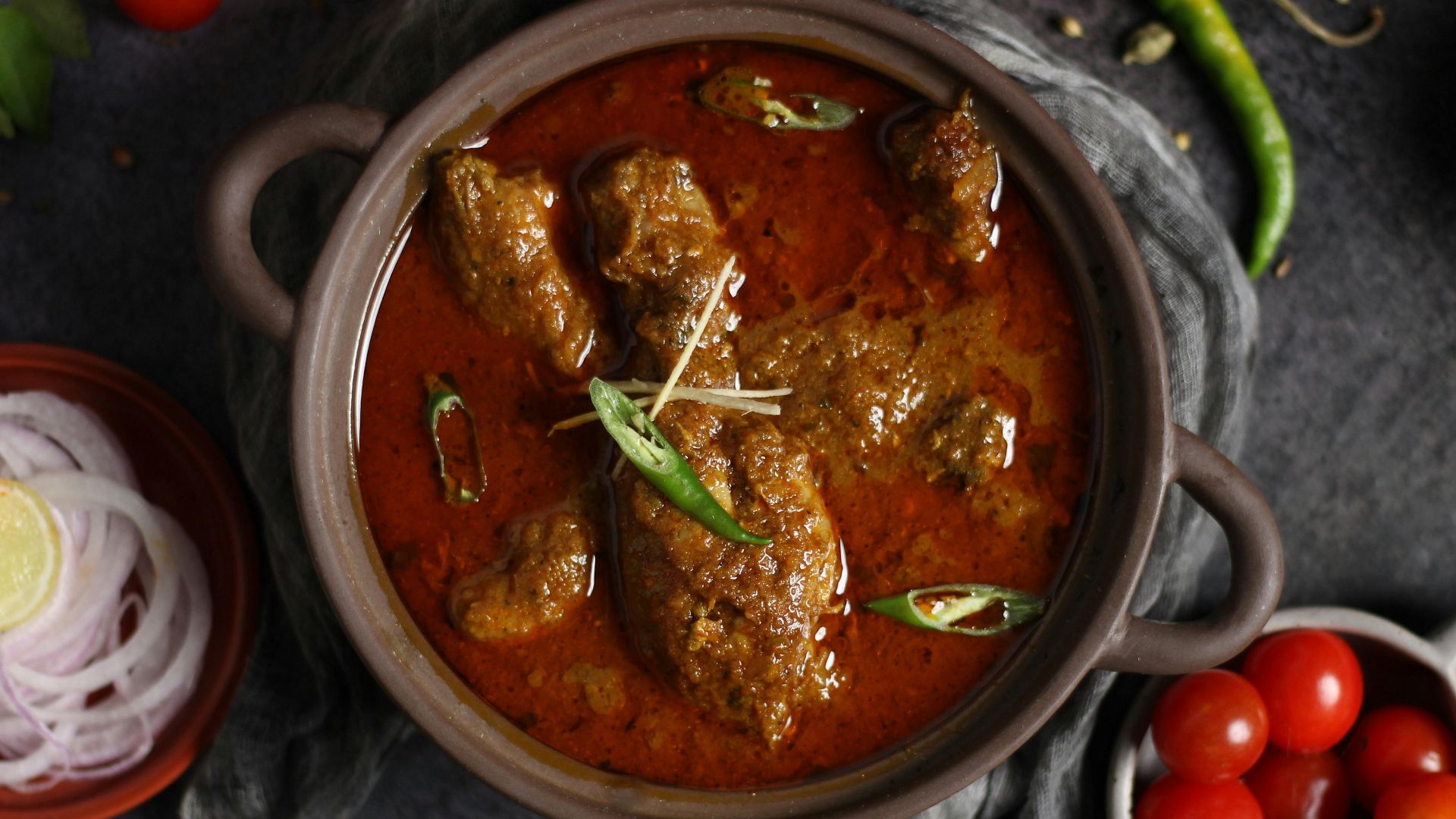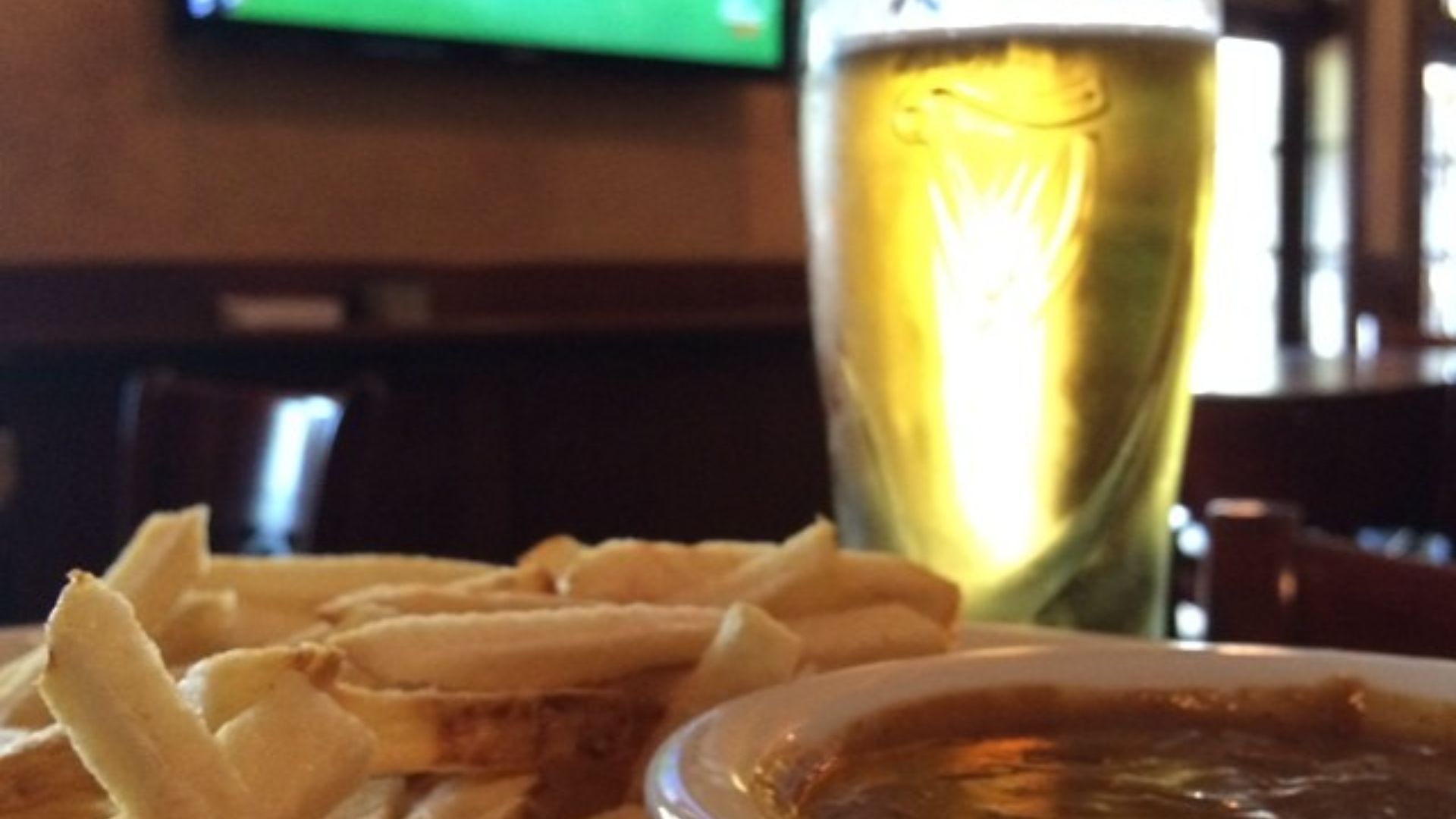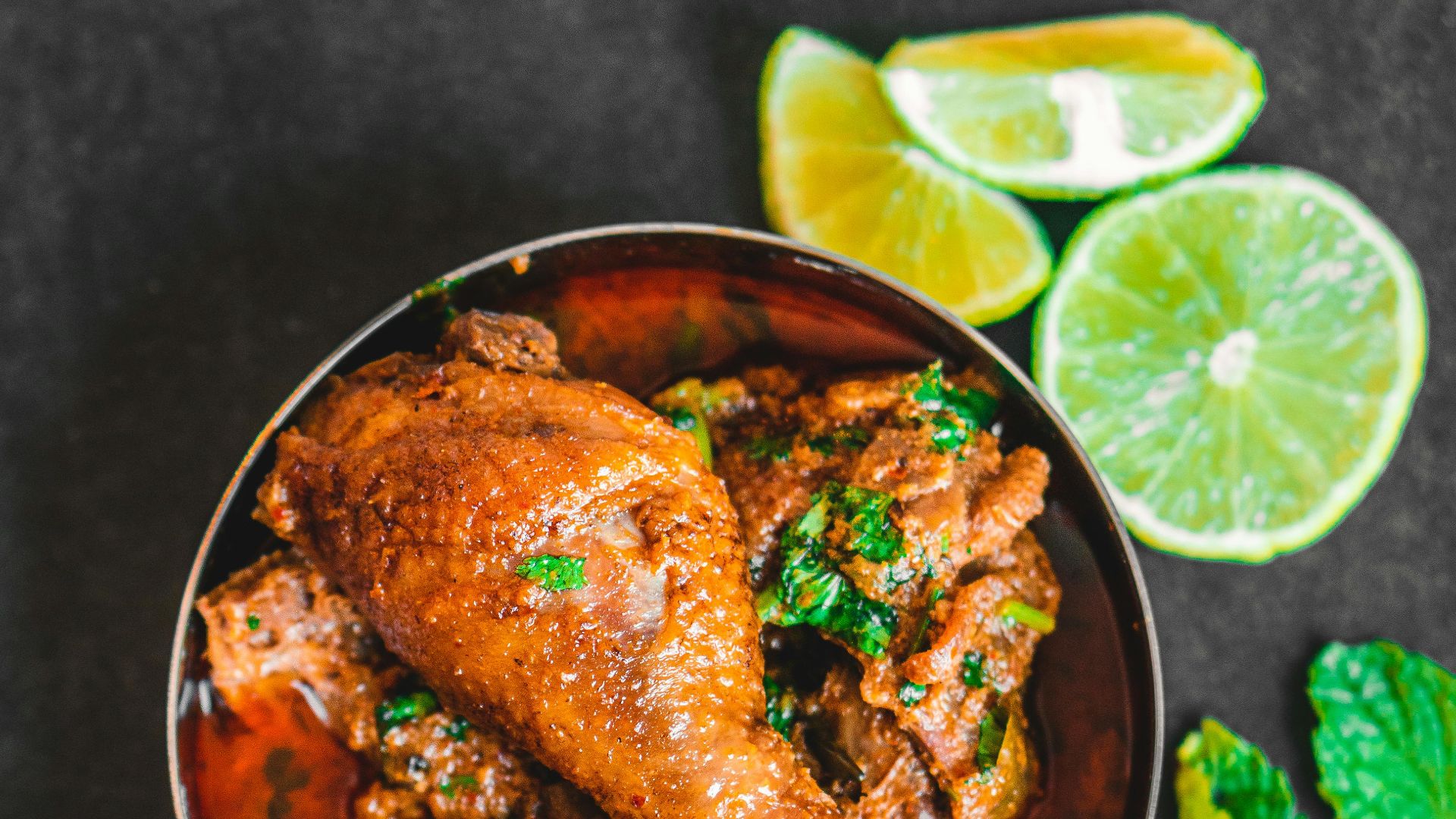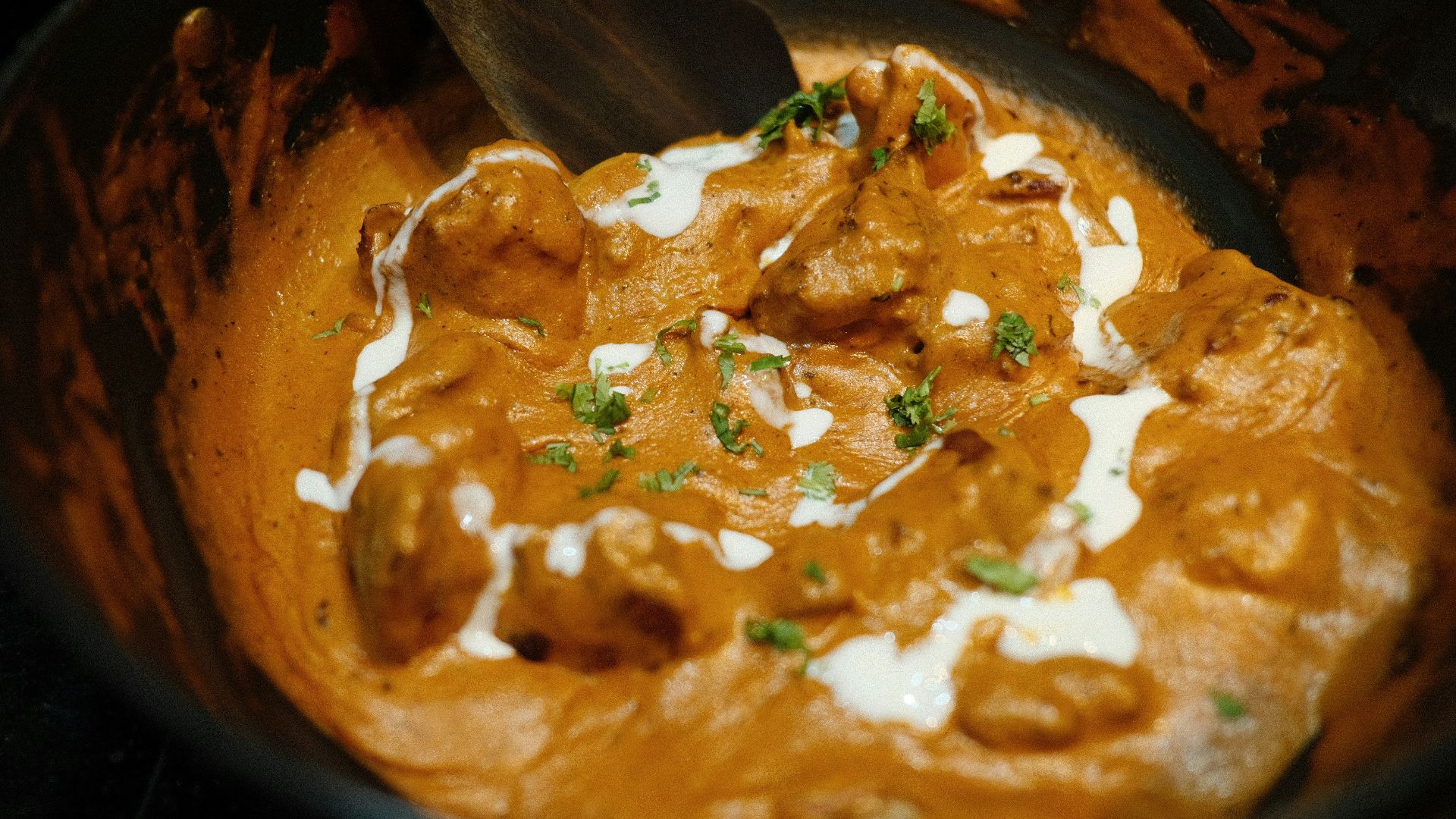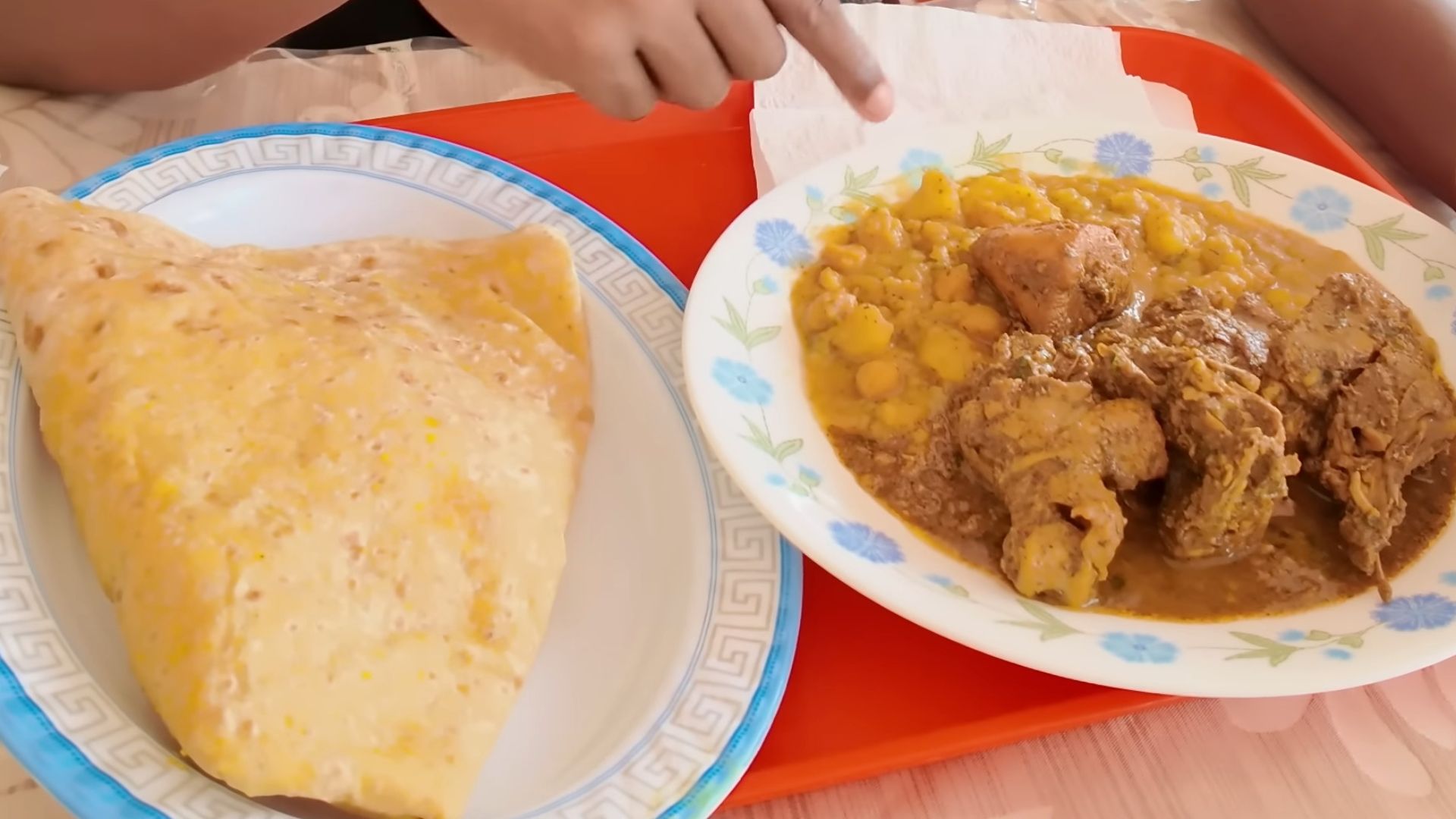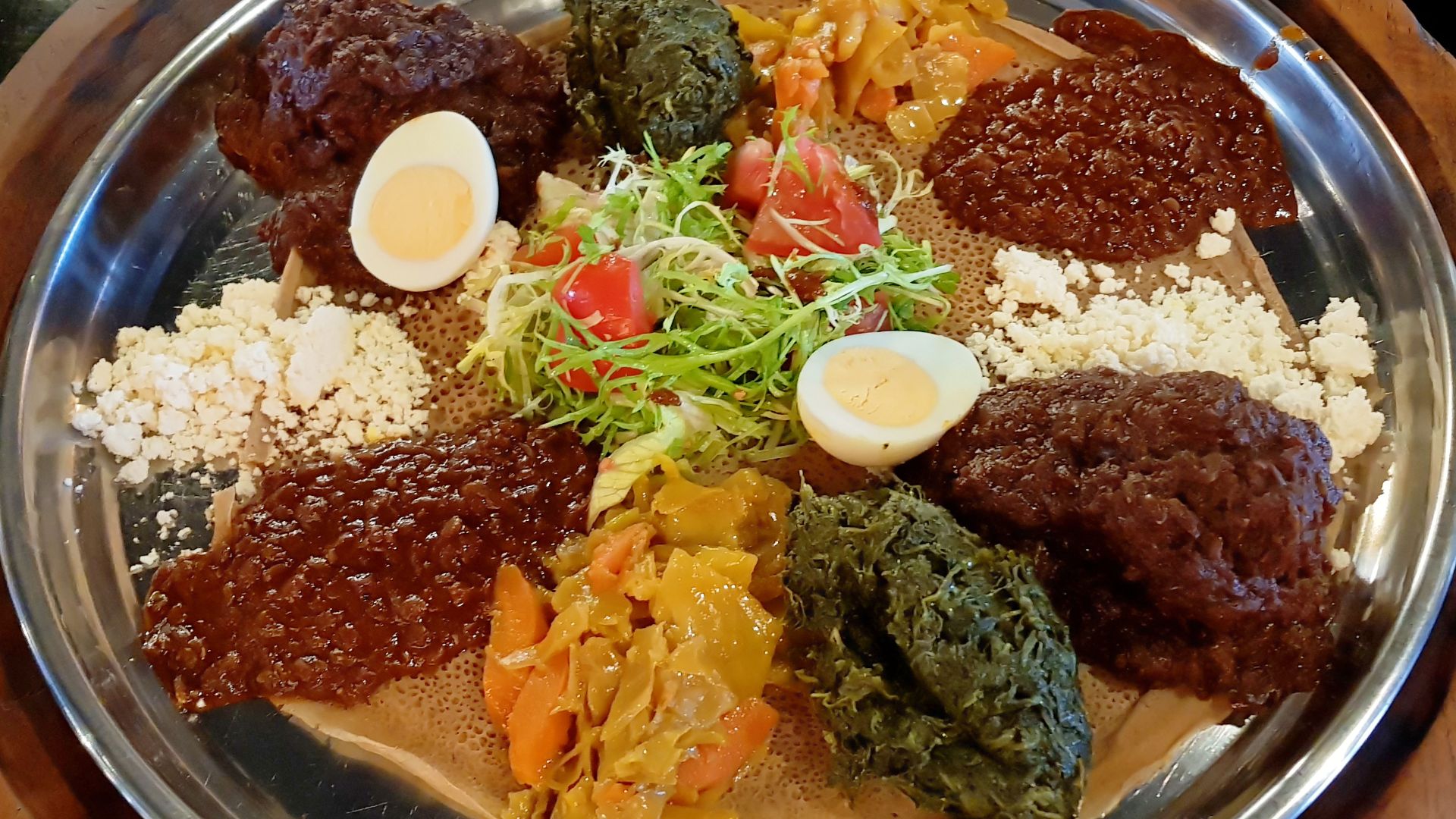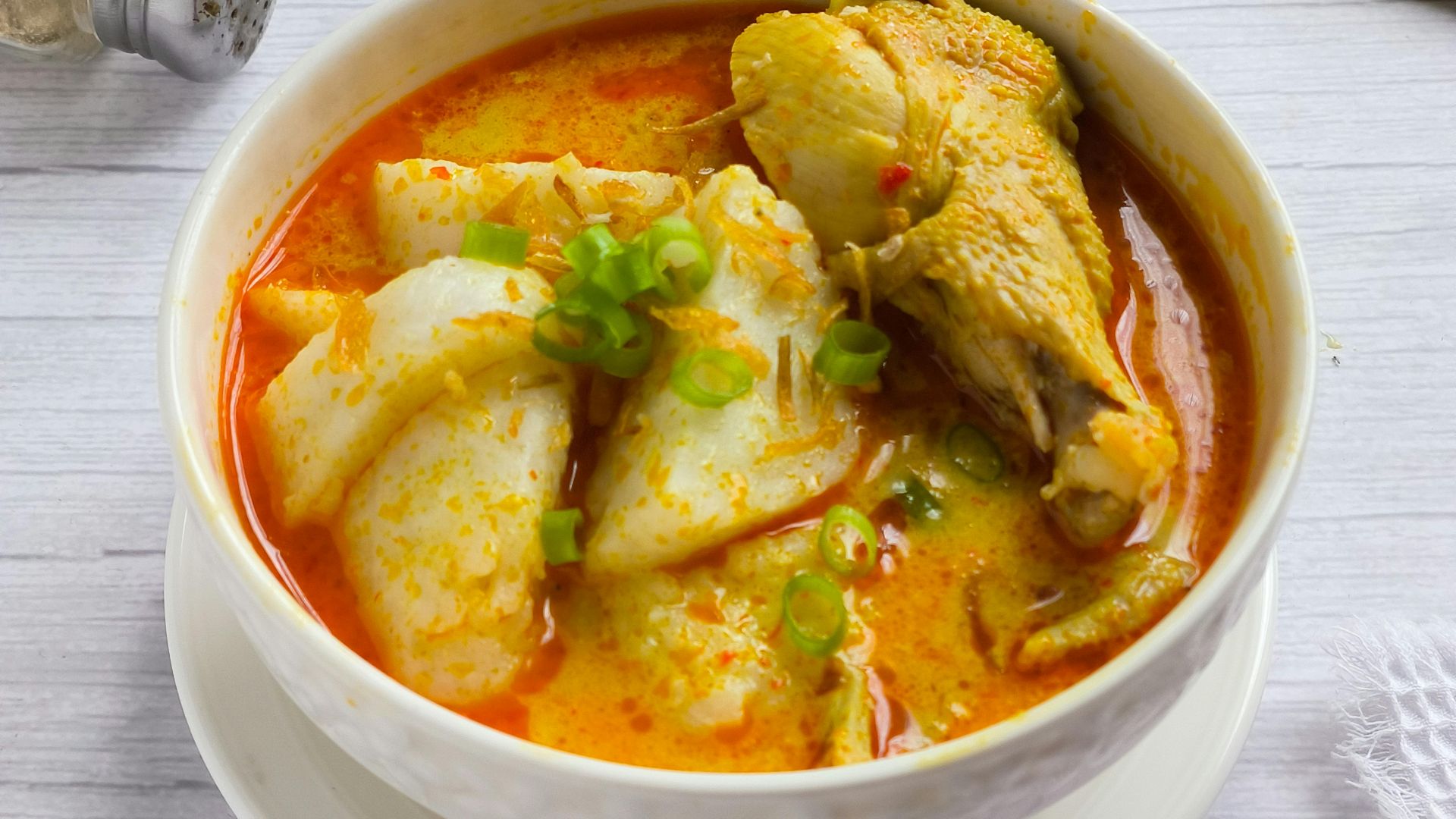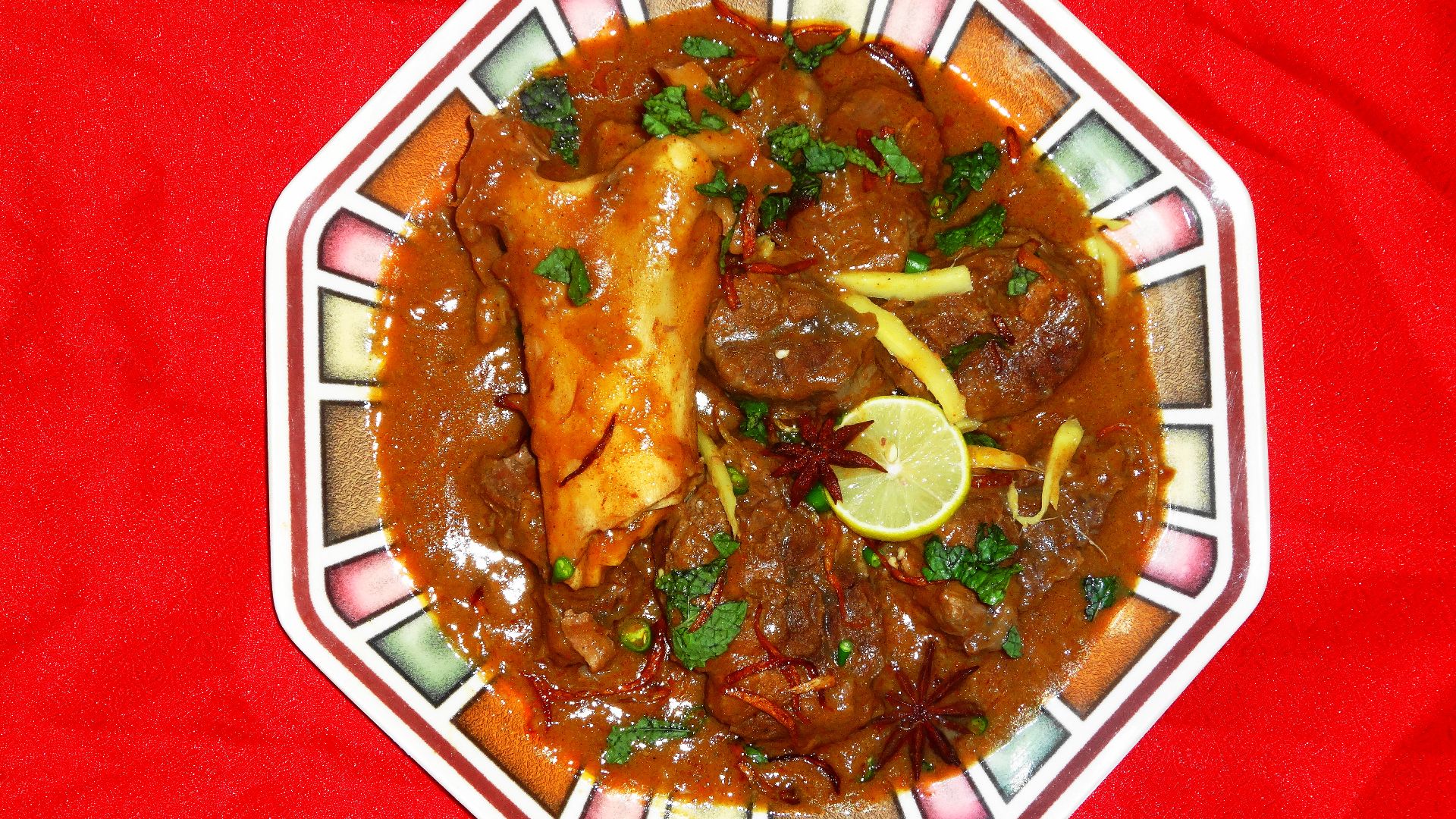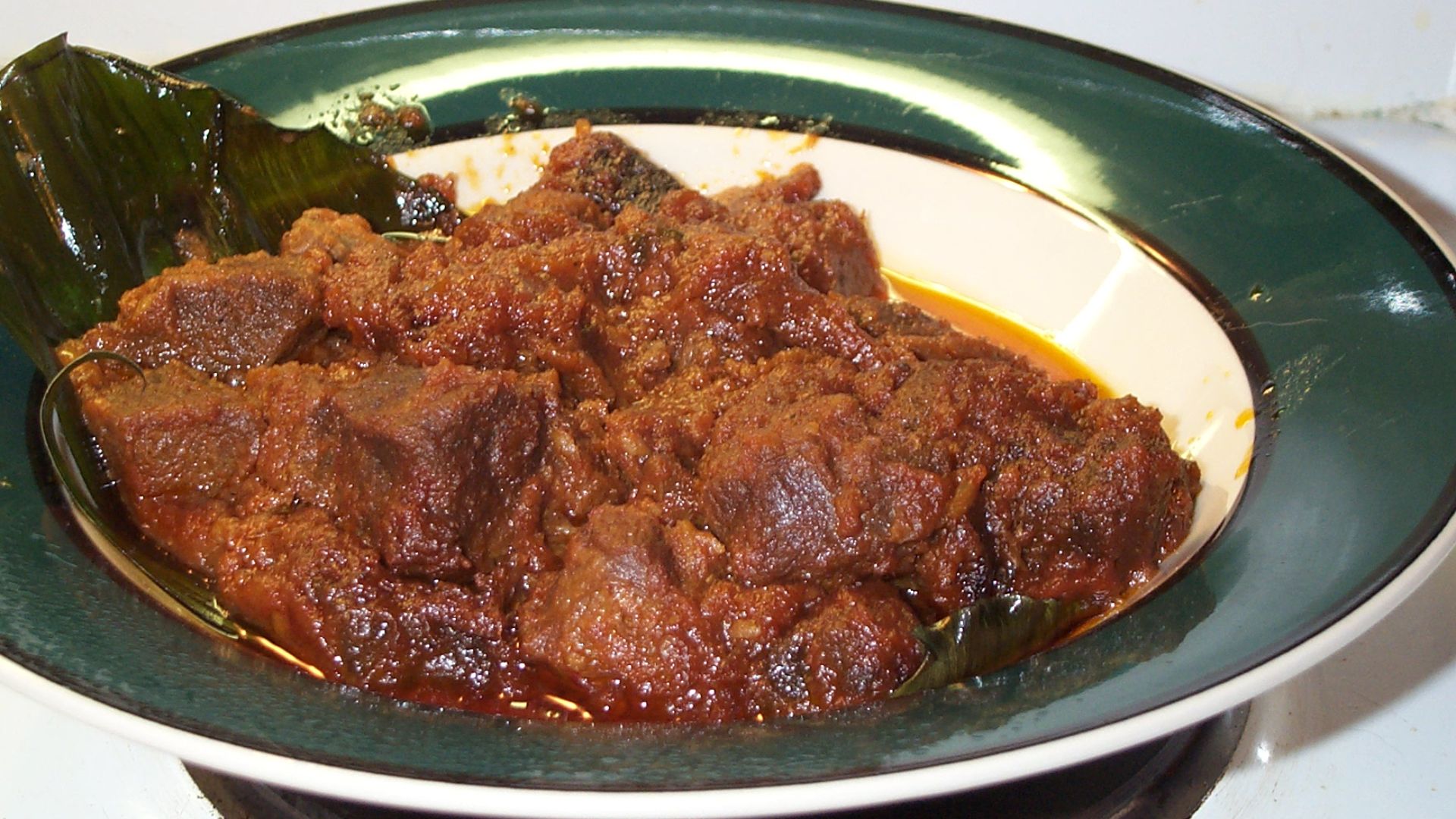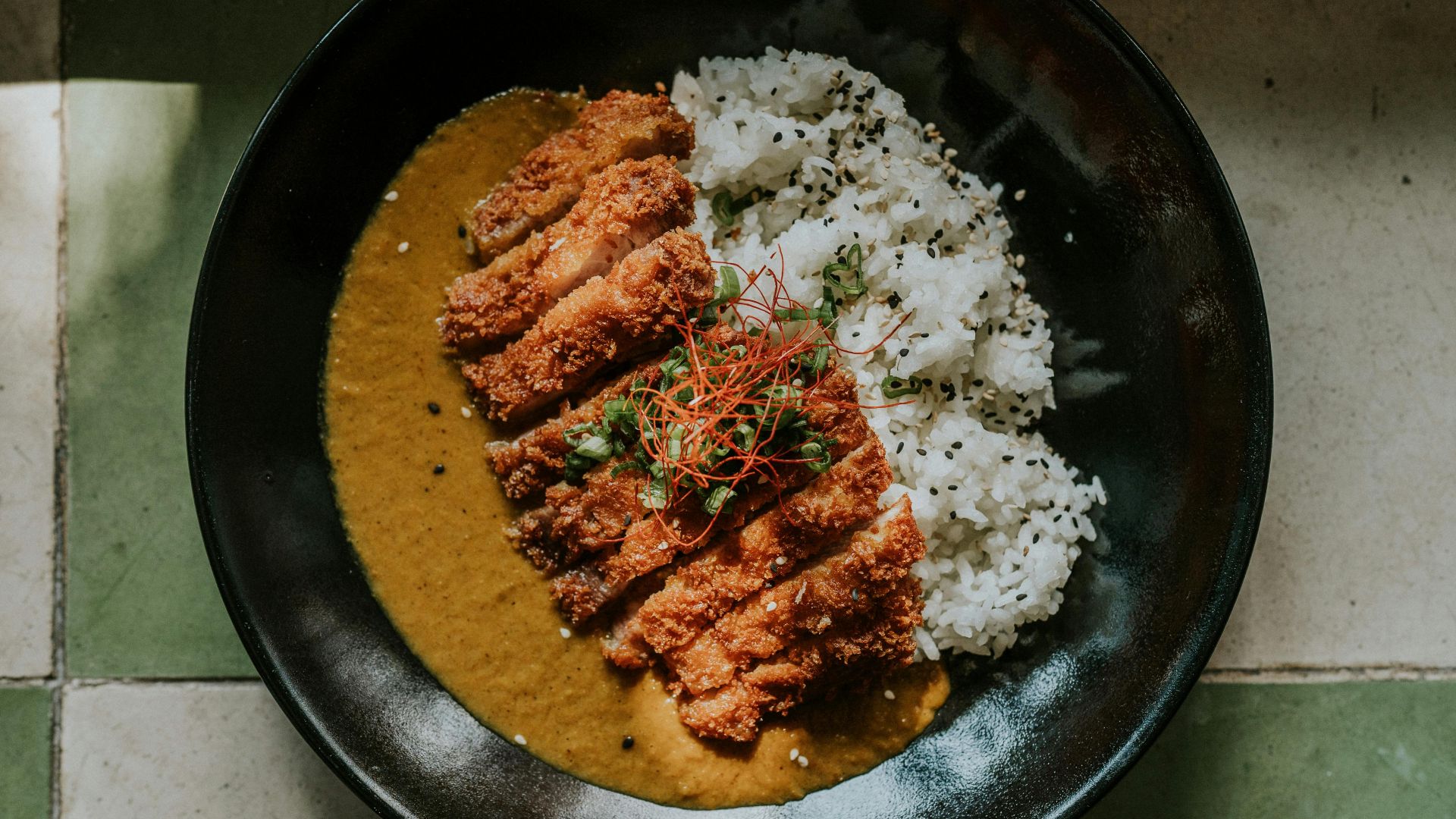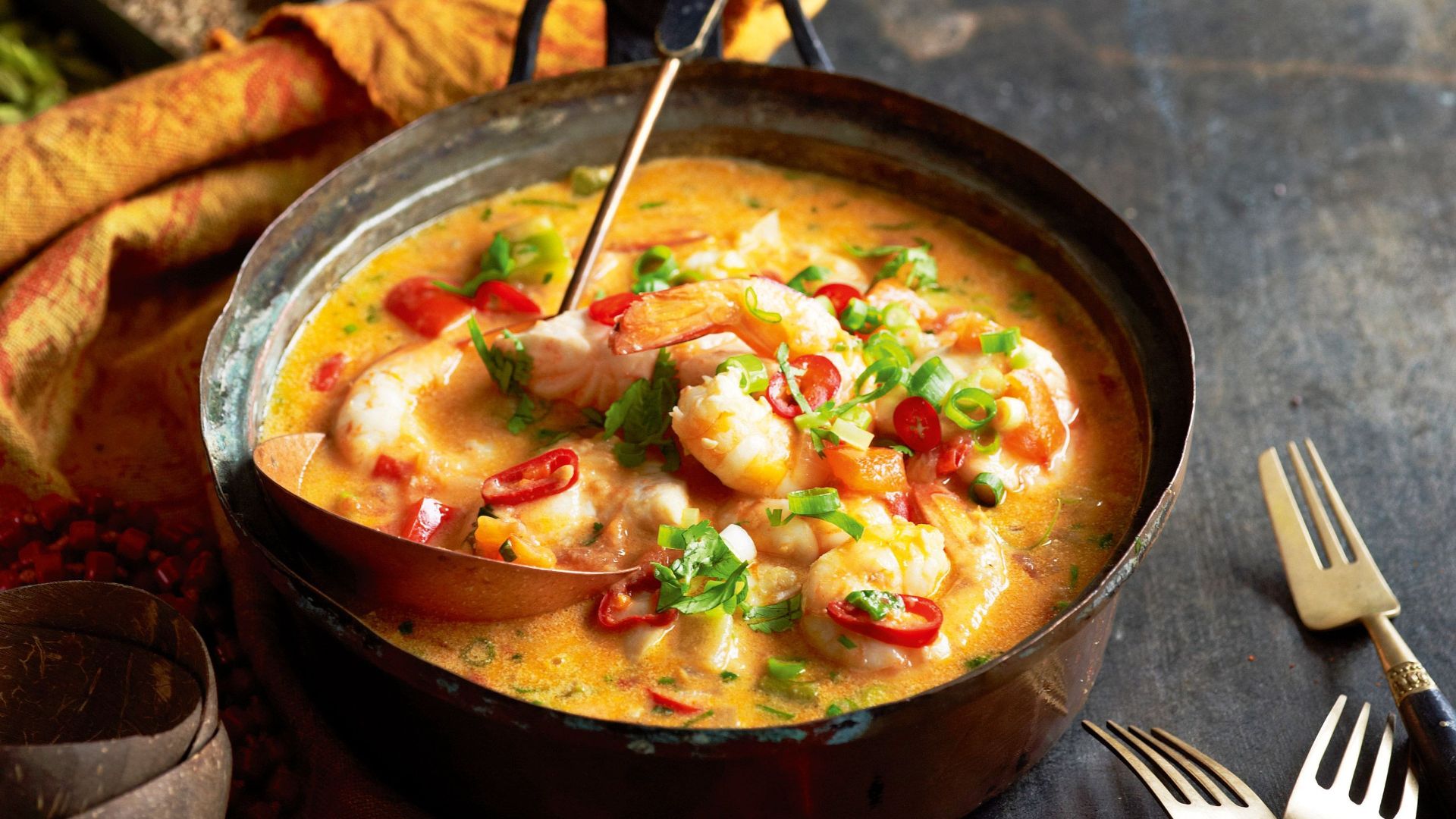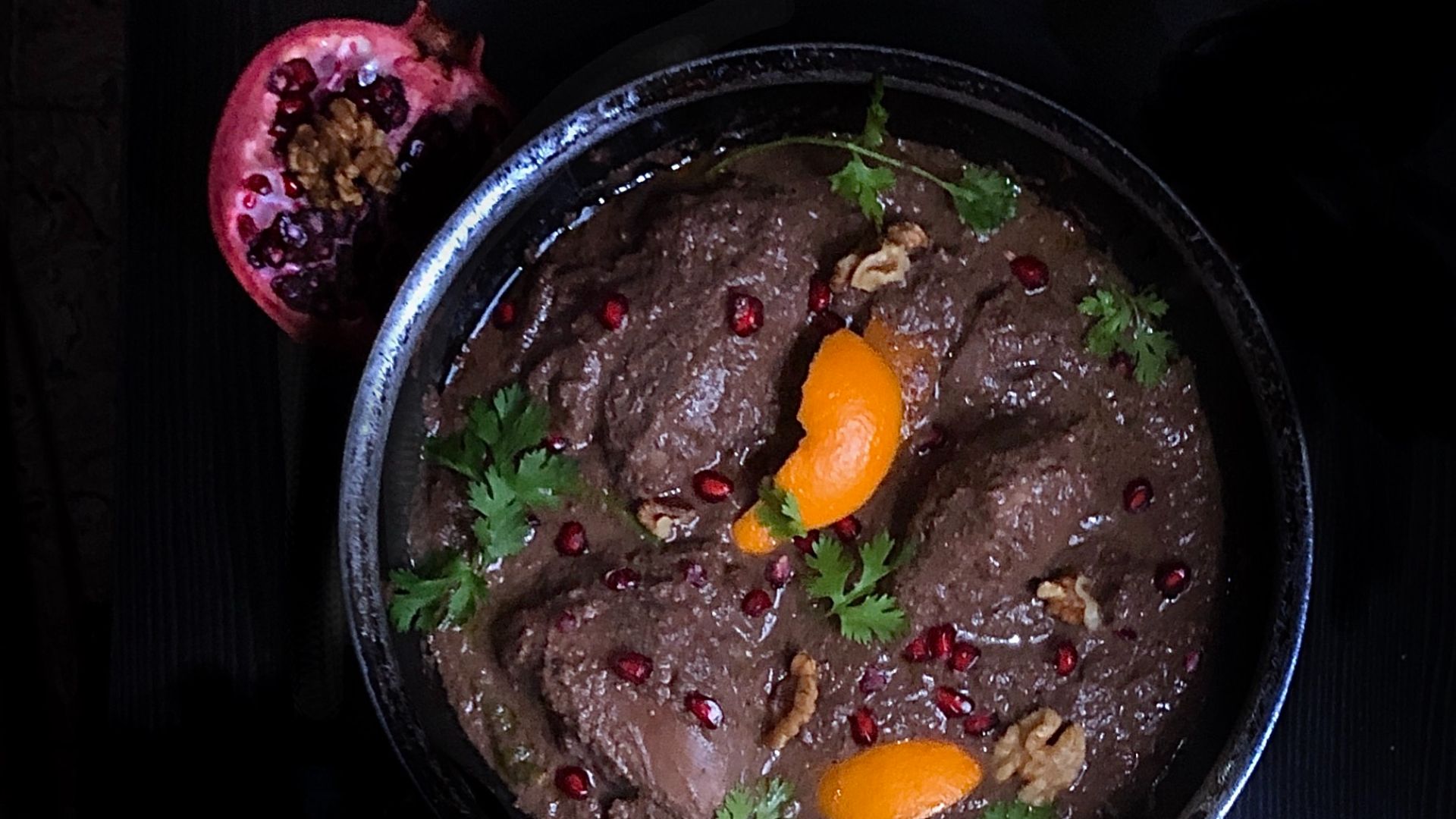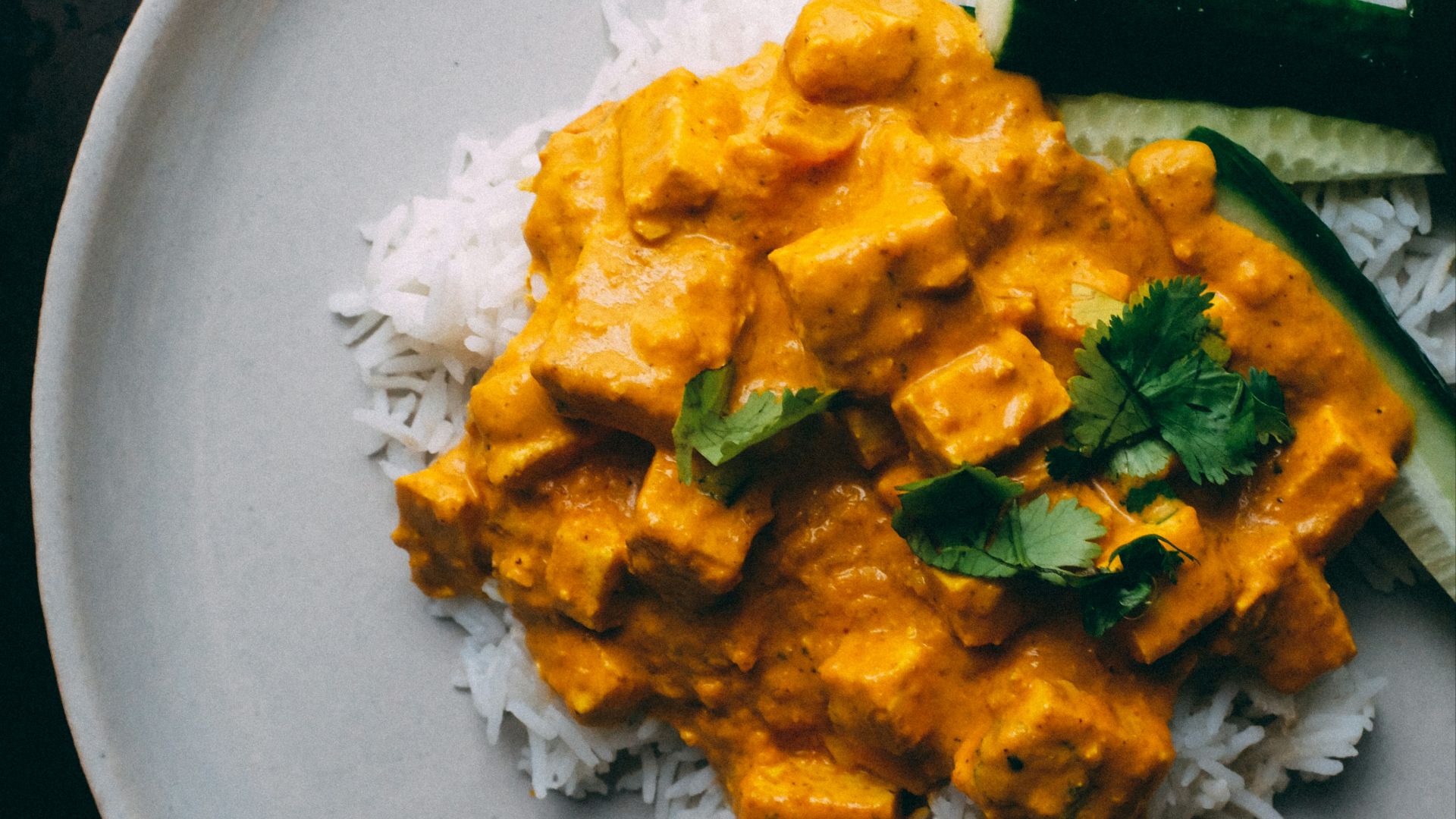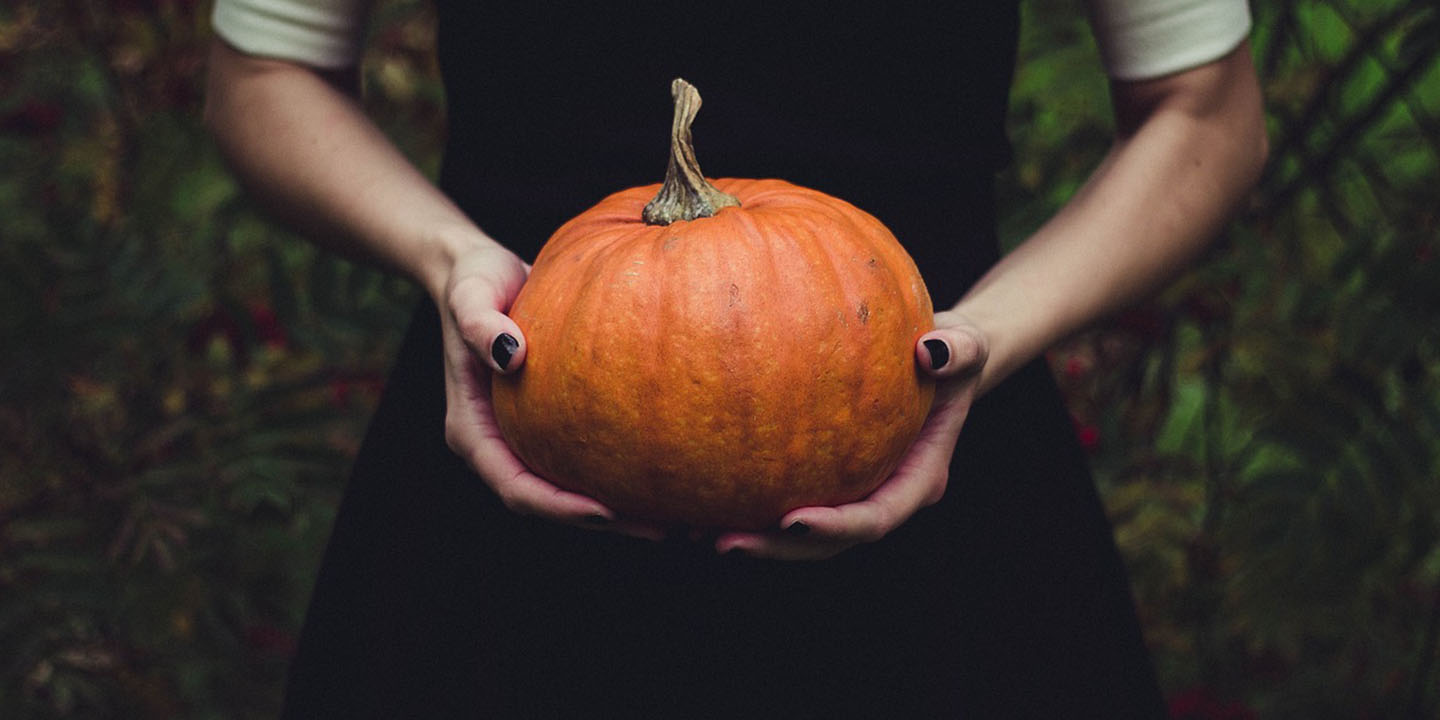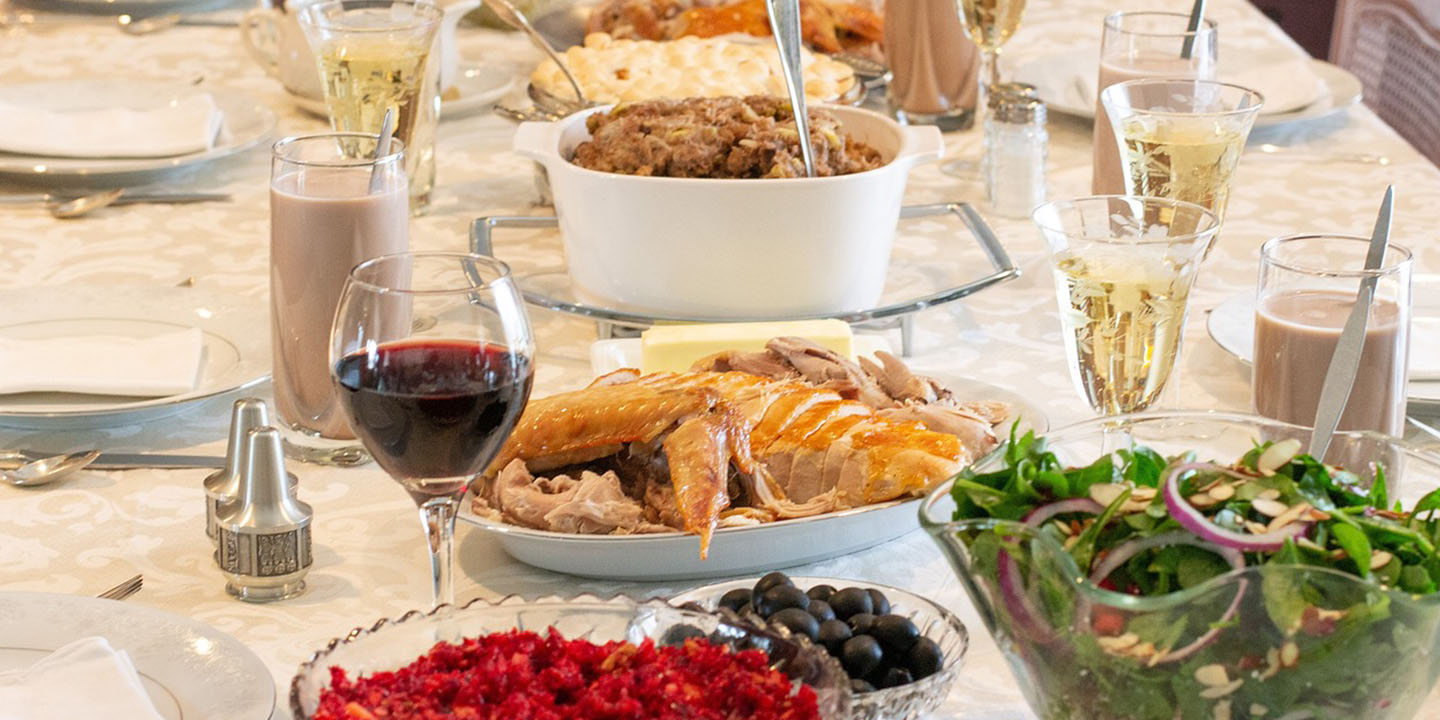From Bombay to Brick Lane: 20 Takes On Curry In 20 Different Countries
One World, Endless Curries. Which Is Your Favorite?
When you think of curry, the image in your head may be extremely different from the next person's. This is because the dish called curry has traveled far and wide, evolving according to its locality. The original spice blend known as curry may have originated in India, but the aromatic dish is as varied and vibrant as the world's cultures. Everywhere from Japan to Europe to the Caribbean has its own version, all of them unique and delicious. Whether your favorite version is in Kathmandu or simply at your local pub, here are 20 takes on the classic dish we know and love called curry.
1. Japan - Kare Raisu
Japanese cuisine is renowned for its ramen, sushi, and sashimi, but perhaps what's lesser-known is its take on curry. A beloved comfort food in Japan, kare raisu has a thick stew-like consistency and the sauce is mildly sweet and only a tad spicy, with a rich umami flavor.
2. Thailand - Green Curry
This classic Thai dish is boldly spicy and flavorful with a creamy richness thanks to its base of coconut milk. Thai basil, lime, and lemongrass add freshness and fish sauce imparts a unique depth of flavor.
3. Germany - Currywurst
A very German take on curry smothers Bratwurst sausage in a spicy, aromatic, and sweet curry sauce, usually sprinkled generously with yellow curry powder. It's a typical street food in Berlin.
4. Jamaica - Curry Chicken
Jamaican curry is unique for its turmeric-forward spice blend, giving it a distinct yellow color. The local Caribbean ingredients like scotch bonnet peppers, pimento, coconut, and regional root vegetables like cassava make it a Jamaican dish through and through.
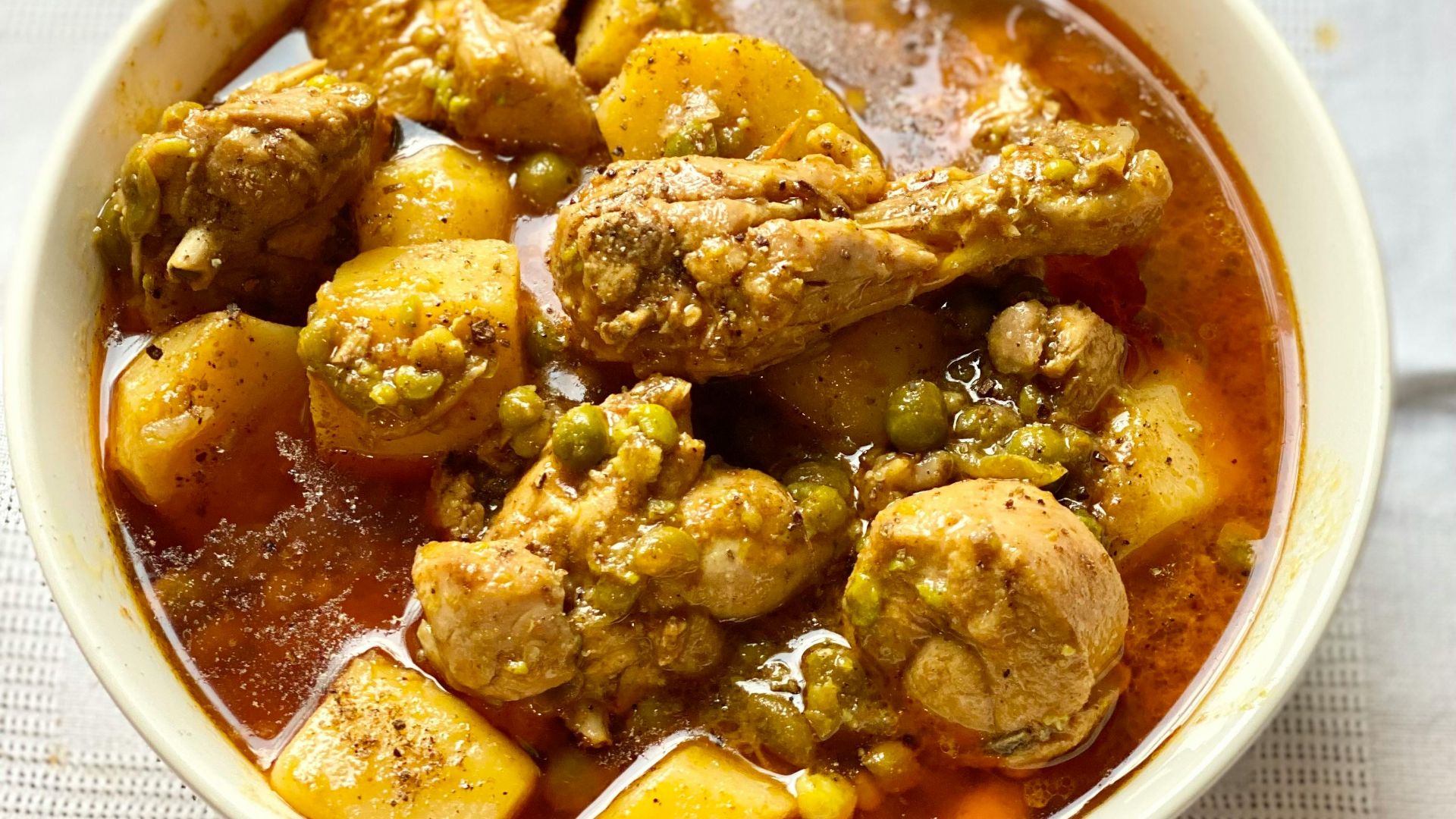 Muhammad Khawar Nazir on Pexels
Muhammad Khawar Nazir on Pexels
5. Suriname - Masala Chicken
Surinamese curry, a blend of South Asian, Javanese, African, and Dutch influences, is a perfect representation of the unique ethnic culture existing in the country. The dish typically uses a spice blend brought over by Indian immigrants called masala, not curry, it doesn't contain coconut milk and is usually drier with an earthy flavor.
6. New Zealand - Māori Hangi-Style Lamb Curry
Hangi is a traditional cooking style of the Māori people that involves cooking food in an underground earth oven. The dish usually includes native herbs, local sweet potato or pumpkin, lamb, and spices brought over from Southeast Asia, including curry, cumin, and garam masala.
7. Ireland - Curry Chips
What we can only imagine was a late-night invention under the influence turned out to be a stroke of genius. In Ireland, it's not uncommon to find french fries drenched in a mildly spicy and sweet curry sauce with a gravy-like texture on a pub menu.
8. Fiji – Fijian Chicken Curry
In Fiji, curry dishes blend Indian spices with Pacific Island ingredients, resulting in a remarkably fresh, spicy, and simple home-style dish, representative of the large Indo-Fijihan population. Unlike in Thai versions, there isn't typically coconut milk in a Fiji-style curry, and chicken, tomatoes, caramelized onions, and masala spices give it its character. It's usually served with a generous amount of fresh lime wedges.
9. UK - Chicken Tikka Masala
Although it seems very Indian, tikka masala is actually more likely to have been invented in Scotland by a Bengali chef. It uses Indian flavors but is adapted for a British palette meaning it's more saucy and less spicy. It's usually made with cream, tomatoes, boneless chicken, and garam masala.
10. Trinidad and Tobago - Trini Curry Chicken
The Trinidad version of curry is made with their own special local blend of curry powder that's rich in turmeric, fenugreek, and cumin giving it an unmistakably earthy flavor. It's made with bone-in chicken, and hot peppers like scotch bonnets which give it quite a kick, and almost always served with fresh roti instead of rice.
11. Morocco - Lamb Tagine
Lamb tagine, Morocco's closest equivalent to a curry, is a richly spiced stew that's slow-cooked in a special clay pot called a tagine. The spices used in tagines, typically cinnamon, cumin, ginger, and turmeric, are sometimes used in curries as well, but it's not as hot-spicy and usually includes some dried fruits for added sweetness.
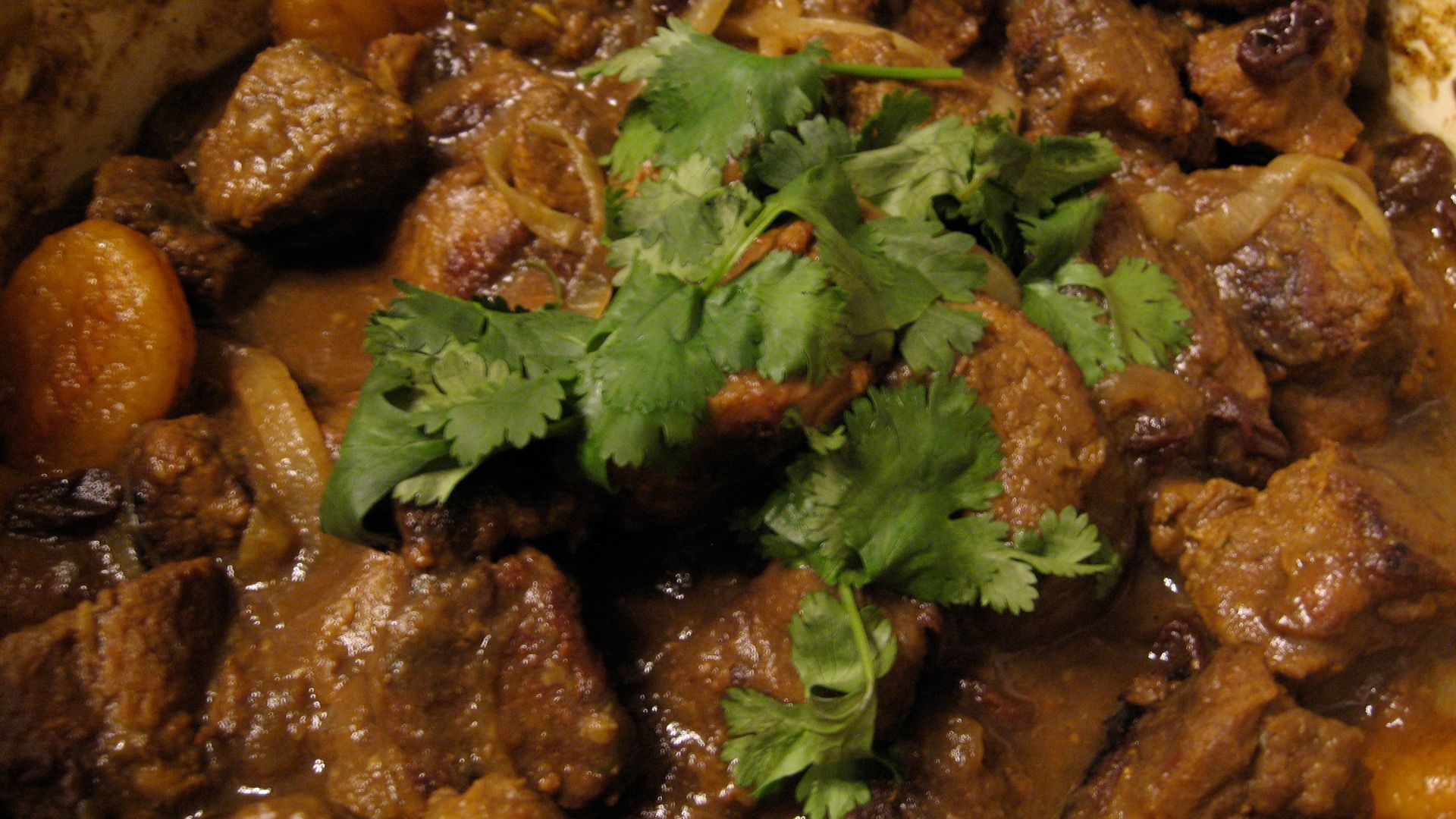 Kimberly Vardeman on Wikimedia
Kimberly Vardeman on Wikimedia
12. Ethiopia - Doro Wat
Doro Wat is one of Ethiopia's most beloved national dishes. While it's not a curry per se, it's the country's closest equivalent. It's a dish of slow-cooked meat, bold spices, and chicken that's typically eaten with a special type of sour, spongy flatbread called injera.
13. Sri Lanka - Kukul Mas
Kuku Mas is a fragrant and spicy traditional Sri Lankan curry. It's made with bone-in chicken, coconut milk, and an intense blend of spices including curry leaves, cinnamon, cardamom, and lots of chili. It's not sweet like Thai coconut curry and is thicker, more robust, and herbaceous.
14. Malaysia – Laksa Lemak
Malaysia's take on curry is a spicy noodle soup with a rich, coconut broth. It includes a regional spice paste called laksa and generally features shrimp or other seafood.
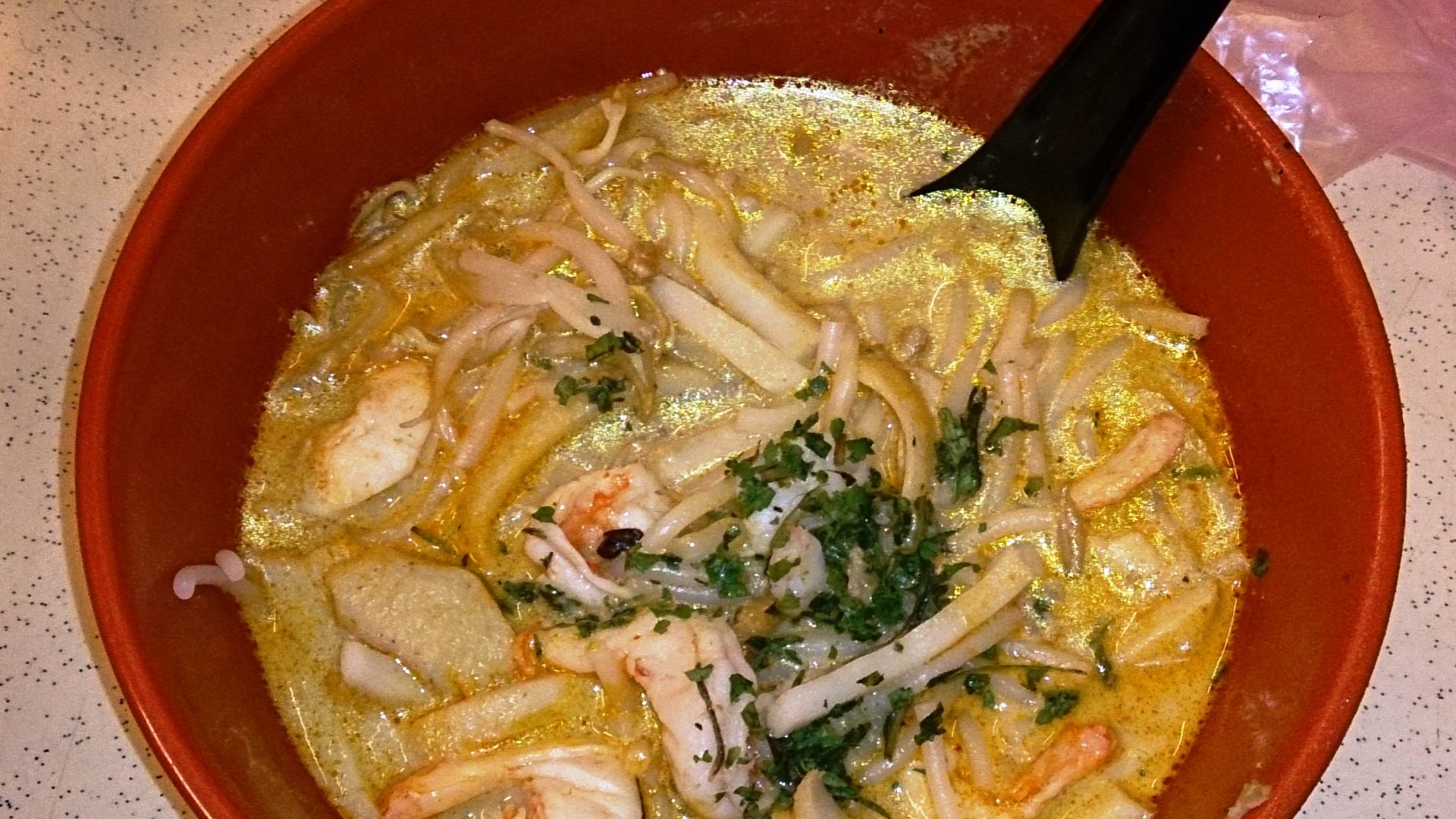 ProjectManhattan. on Wikimedia
ProjectManhattan. on Wikimedia
15. Pakistan – Nihari
Nihari is a slow-cooked, spicy meat stew from Pakistan, beloved for its deep, rich flavor and tender, melt-in-your-mouth meat. The sauce is richly spiced with cinnamon, clove, fennel, and cardamom and it gets its kick from green and red chilis. Served with bone marrow on the side, it's a real delicacy.
16. Indonesia – Rendang
Indonesia's take on curry is a rich, aromatic, meaty stew. The beef is slow-cooked in coconut milk and a spice paste made from turmeric, chilies, garlic, ginger, and lemongrass, until it's succulently tender and caramelized in the sauce. It's traditionally made for special occasions.
17. China - Gālí
Curry powder was introduced to China by British and Japanese influences. Gālí is milder, sweeter, and often thicker than Indian or Southeast Asian curries and usually includes chicken or beef, potatoes, carrots, and soy sauce. It's close in taste to a Japanese curry but more savory and not as sweet.
18. Brazil - Moqueca Baiana
Moqueca Baiana is a coconut milk-based seafood stew with Afro-Brazilian roots. Its bold color, rich aromatics, and intense flavor are reminiscent of South Asian and Caribbean-style curries though it's not as hot-spicy.
19. Iran – Khoresh Fesenjan
Iran's Khoresh Fesenjan is similar to a curry in that it uses spices like turmeric, cinnamon, and cardamom and slowly cooked meat, but its use of walnuts, which are pounded and simmered in the sauce, and pomegranate sets it apart. It's deeply savory with an intense richness balanced by the sweet and sour tangy freshness of pomegranate.
20. India - Butter Chicken
It's hard to choose just one curry to represent the country of India as there are so many iconic ones, but we went with the arguably most internationally renowned butter chicken. It was invented in Delhi in the 1950s simply as a way to reuse leftover tandoori chicken and prevent it from drying out. It's a deeply comforting, not-too-spicy, creamy, and rich version of curry that's accessible to a wide range of palettes.
KEEP ON READING
